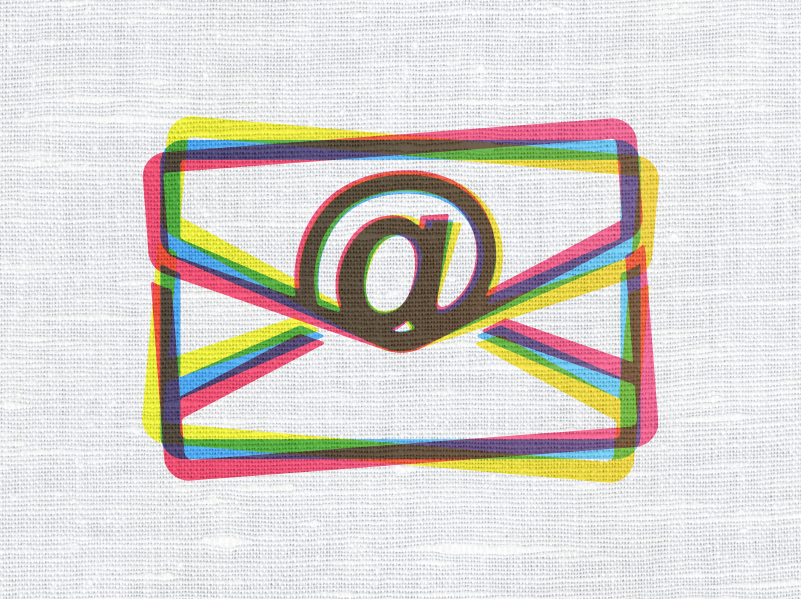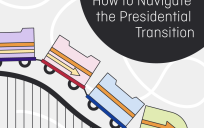Getting too much email is a fact of life for most of us, and dealing with it all is time consuming. Last week, I wrote about time management techniques, and how you handle your email is hugely important in this endeavor. Below, I’ve outlined some of the most common techniques for email management. Different techniques work for different people, and not all of these should be used in conjunction with one another. (And remember that you must follow records retention regulations when dealing with your emails.)
- Schedule “email time”: Instead of checking your email randomly throughout the day, set aside blocks of time on your schedule to focus on your email. If need be, add it to your calendar as busy time so that you are able to focus. There are many variations on this technique. Some people delegate 10 minutes per hour, others check a couple of times per day, and some choose to respond only one time at the end of each day. If you feel like your boss expects that you will respond immediately, discuss this, and explain that you feel most productive when you aren’t interrupted by emails. Let your boss know when you plan to check your emails.
- Don’t make email your first priority: Yes, email is an essential communication tool, but it likely isn’t the most important part of your job. After establishing how you’ll spend your time each day, do your most important task prior to checking your email to help ensure that this task does not get pushed to the bottom of your to-do pile.
- Turn off notifications: I talked about this in the time management post, but it bears repeating. When you turn off your email notifications, you actually get the opportunity to focus at the task at hand.
- Turn off your email: This one makes me somewhat nervous, but a lot of people like it. If you can, turn off your email until your scheduled email time to avoid checking in. If you believe you’ll miss something really important, consider adding an auto response with a phone number for immediate assistance (and hope that most of your co-workers can determine whether their question or request is truly time-sensitive).
- Set email rules or folders: Only use the folders or rules that are absolutely necessary, to avoid creating a complex email filing system. If it works for you, create “to-do,” “reference,” and “archive” folders. Use the first for emails you need to respond to, the second for emails you’ll likely need to use, and the third for all emails that you have responded to. Some people like to split their “to-do” folder to prioritize by date (i.e. “To-Do by COB”).
- Prioritize emails: If you spend the same amount of time on every email that comes in, you’re wasting time. Determine which are most important to respond to, and either delete the low-priority emails, or move them to a separate folder to deal with at a later time. Low-priority emails might include those on which you are a “cc” because they are simply an FYI.
- Leave email in your inbox: For awhile, Inbox Zero was the big thing that everyone was striving for. Today, many people have found that unrealistic. Don’t get stressed about having email in your inbox—there are plenty of other things you need to worry about on a daily basis.
- Take immediate action: You don’t need to reply to every email, but when you go through your inbox, try to take immediate action on everything. If it is garbage, delete it (within records retention guidelines, of course!). If you can respond in fewer than one or two minutes, respond. If you need a longer time to formulate a response, reply to let the sender know that you’ve received the request, question, etc. and are working on an answer.
- Unsubscribe: I find that when I’m working on specific projects, I’ll sign up for emails from organizations that pertain to my work. However, these emails quickly become irrelevant once my project is complete. If this sounds like you, unsubscribe from what you don’t need anymore. And try to avoid thinking that you might use the information someday. If that ends up being the case, you can always sign up again.
- Don’t use email for everything: Some things are better explained in person or on the phone, especially if the subject is sensitive or difficult to understand. Other things are better for IM. I’ve seen a number of government teams that excel in their use of IM, and it keeps inboxes clear for the most important emails.
- Don’t reply to everything: You’ll probably get plenty of FYI emails that don’t truly require a response from you, so don’t go out of your way. Of course, it’s important to understand your co-workers and when they anticipate a response.
- Develop canned responses: Keep a file with email responses that you use frequently. You can determine your most often used responses by going through your Sent Mail folder. Tweak each canned response to fit the specific case.
- Create Distribution Lists: If you work on specific teams, create groups using the Distribution List tool in Outlook so that you spend less time typing in everyone’s name.
- Use the unread or flag tool: If you don’t have time to respond right when they come in, mark your most important emails so that when you do go back through your emails, you know which require your immediate attention.
- Write better emails: You’ll receive fewer emails if you practice good email communication yourself. When you answer clearly and completely, you are less likely to receive more emails requesting clarification.
- Define expectations: Along with better writing, use the “To” and “cc” fields as guidelines for your recipients on who you expect should respond. We often view emails on which we are a “to” recipient as being most important, and thus requiring a response.
- Give a time-off heads up: A few weeks before you are on leave (or go anywhere with irregular access to email), add a line to your signature with the dates. This gives your co-workers a heads up and a chance to ask any questions or request anything they might need before you leave. And it can be helpful in lowering the volume of emails you receive while you’re away (and thus have to dig through when you get back).
What techniques work best for you?





Leave a Reply
You must be logged in to post a comment.